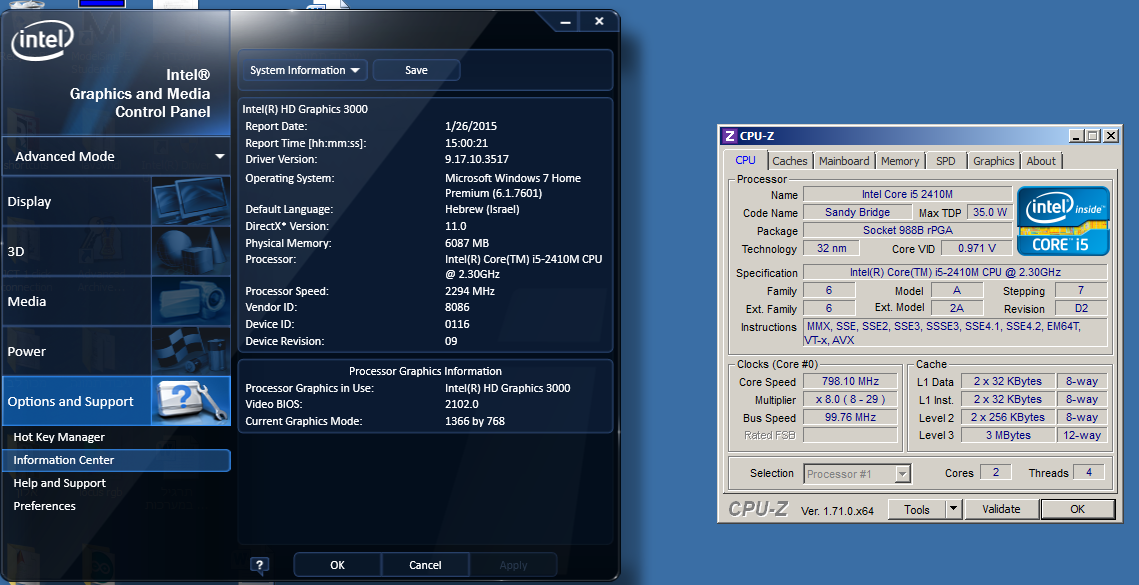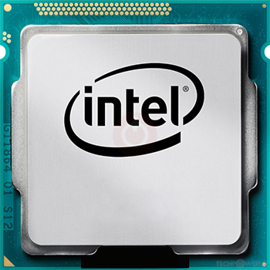
These parameters indirectly speak of performance, but for precise assessment you have to consider their benchmark and gaming test results.

But to post it that Resolve cannot use an Intel GPU, in my experience, is false.General performance parameters such as number of shaders, GPU core base clock and boost clock speeds, manufacturing process, texturing and calculation speed. Please understand that I'm not suggesting one should use such a system for real production. I would expect the Intel 5200 to be a bit better. Since the color tools only update a frame - it means one can experiment in learning how to use the simpler tools. My real goal was to use my Air to learn Resolve Lite. This could be a fatal problem if it occurs too often. But, others seem to be having similar problems. The only problem is that in an exported ProRes HQ file - there will sometimes be glitches. In 9 months Resolve has crashed only a couple of times. One should cue up the clips for export and let it work over-night. I haven't tried using RAM previews because I'd have to wait for the render. All the color tools work fine, although there is a slight wait for an update.

When grading, drag to point in a clip that represents what you want to grade. So if one wants, one could create a timeline of clips - although I certainly would find doing anything more than that way too tedious!

The solution, drag near the beginning and the end of clips to trim clips in the editor. You can play a DNG, but it plays very slowly. (Could be a disk partition, but with a 256GB SSD that's not practical.) I've loaded Mavericks and Resolve 11 on an SD card which my 2013 MacBook Air (with an i7) can boot to. Mavericks enabled OpenCL to use whatever Intel GPU is present.

Some continue to post that Resolve can't use an Intel GPU.


 0 kommentar(er)
0 kommentar(er)
